Jaguar F-Pace: prices, specs and reviews
Everything you need to know about the luxury marque’s first sports utility vehicle
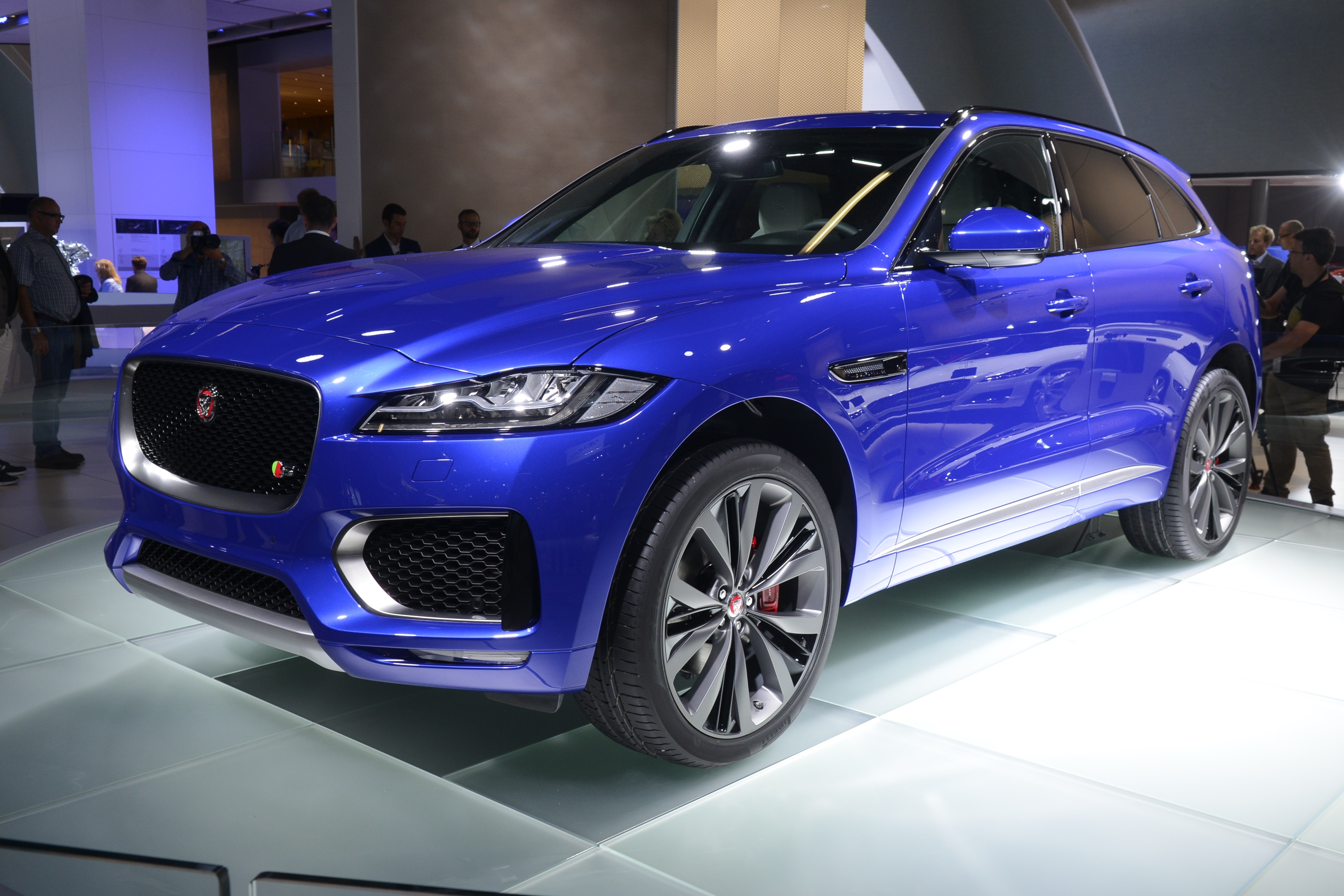
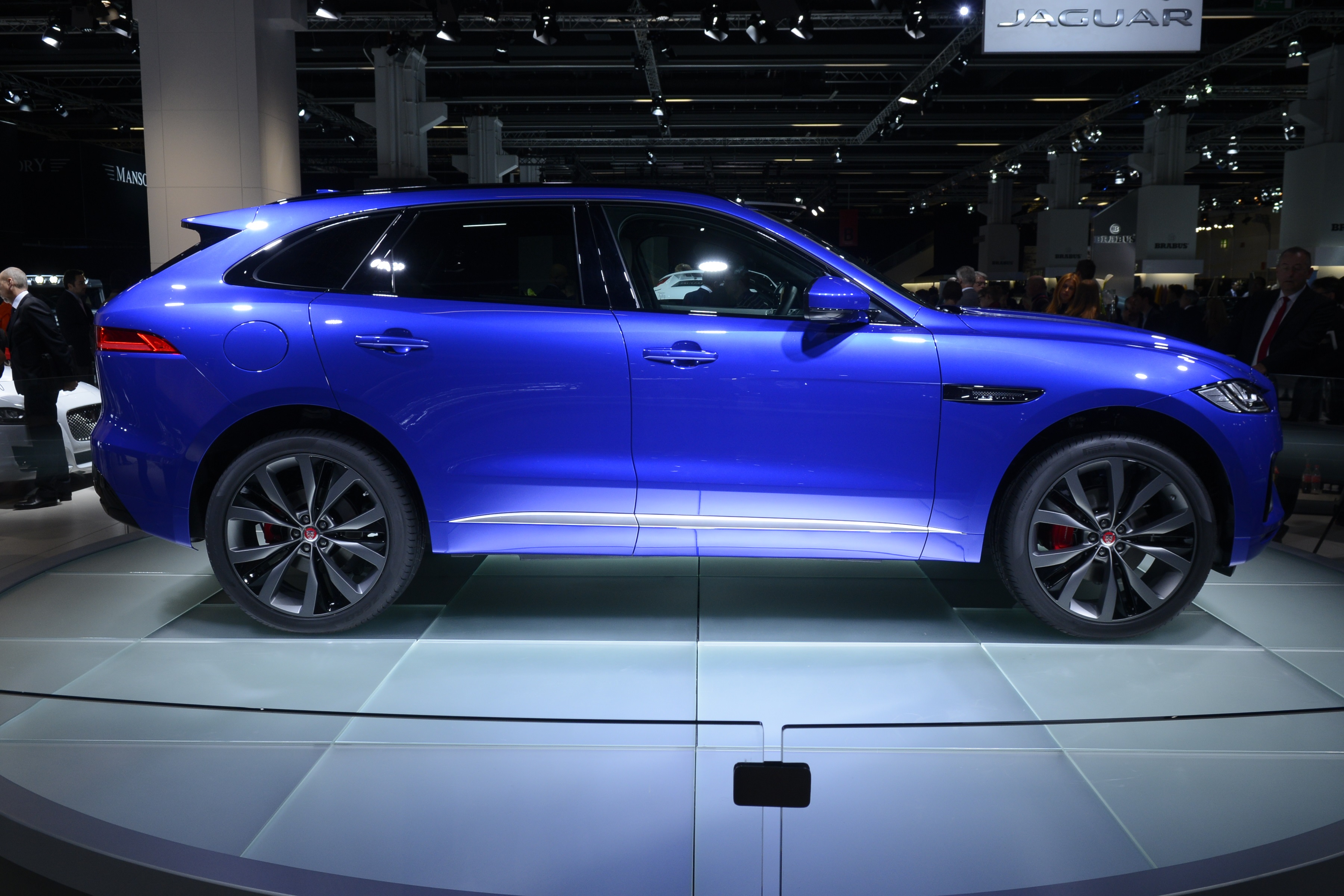

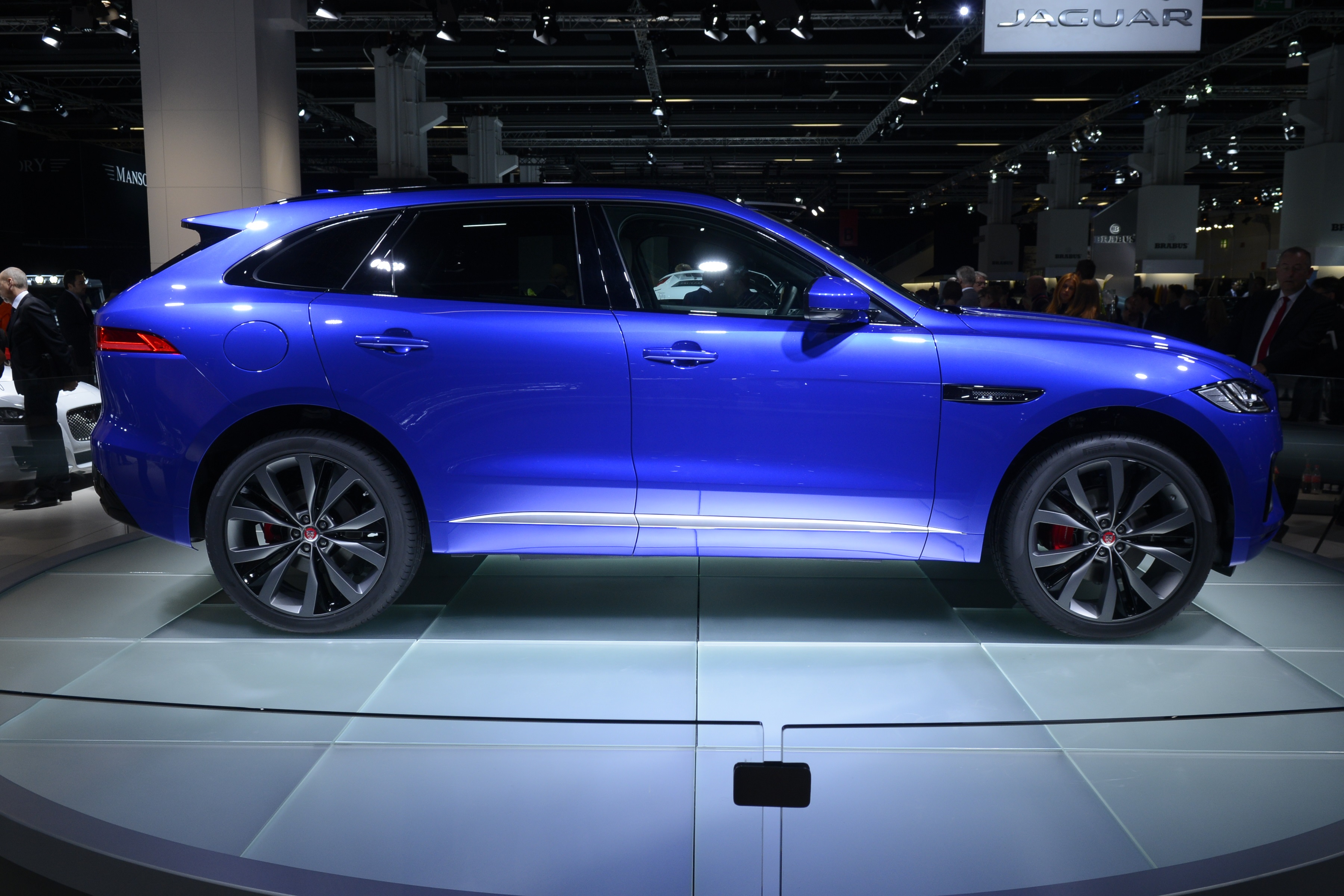
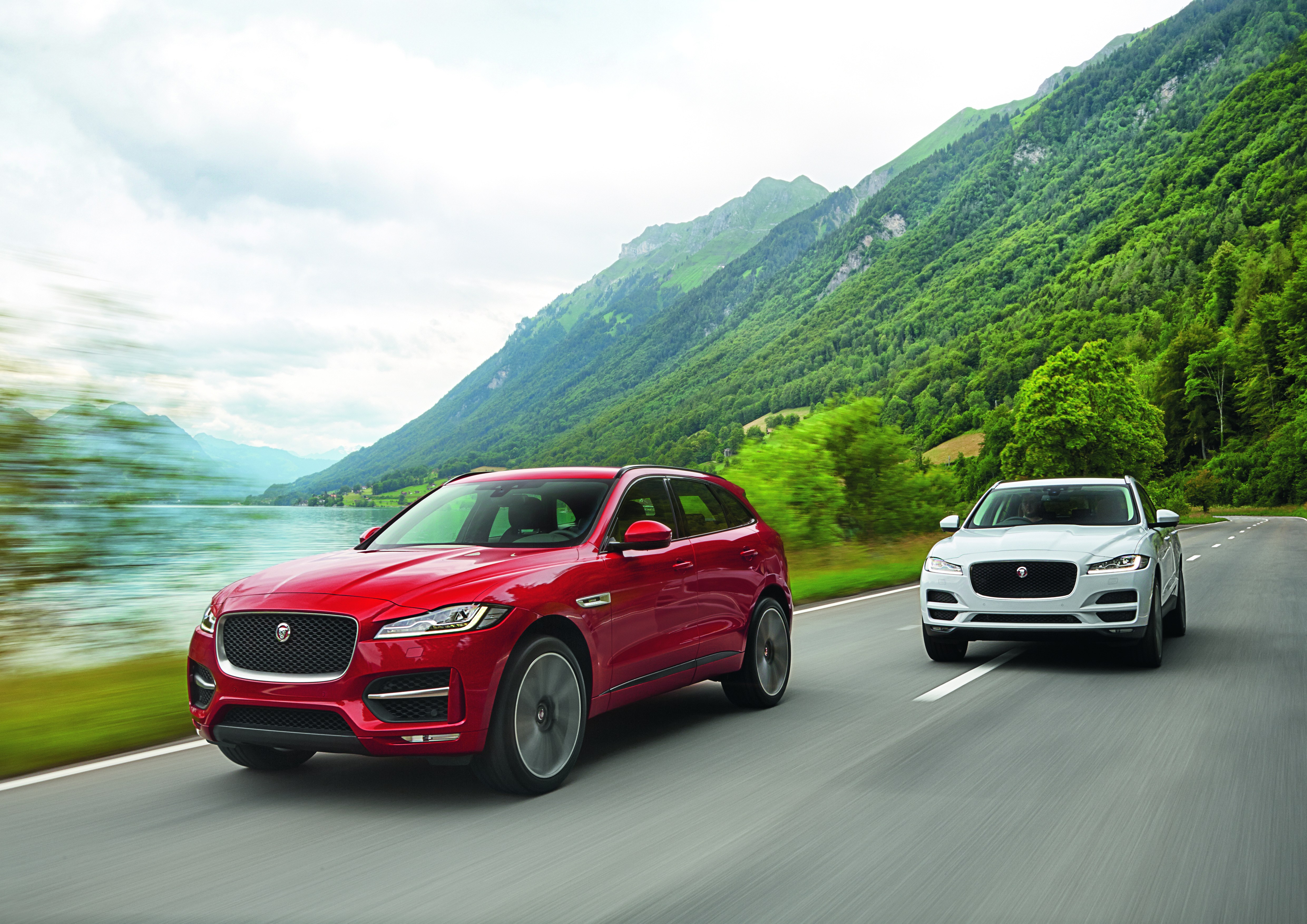
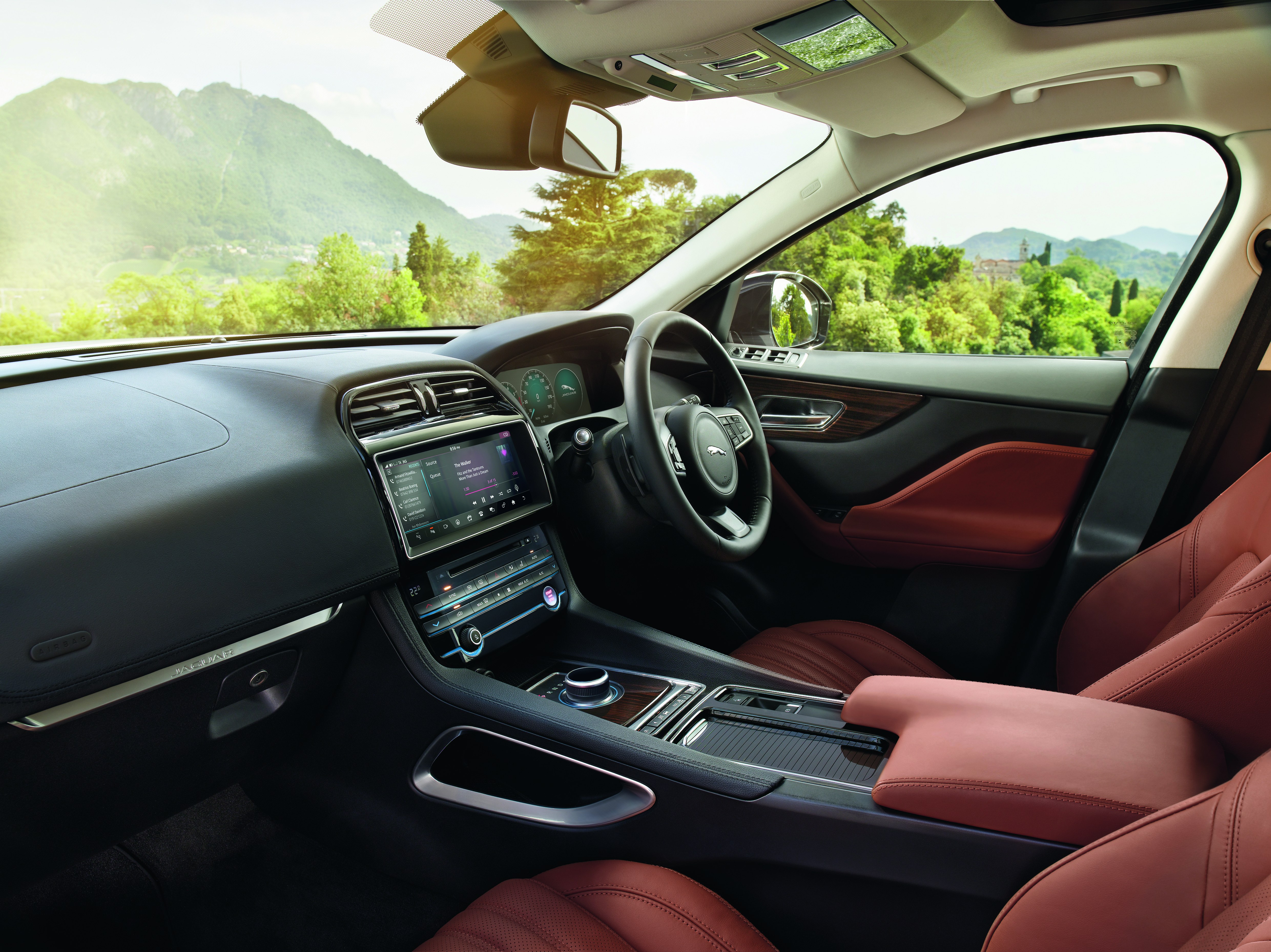
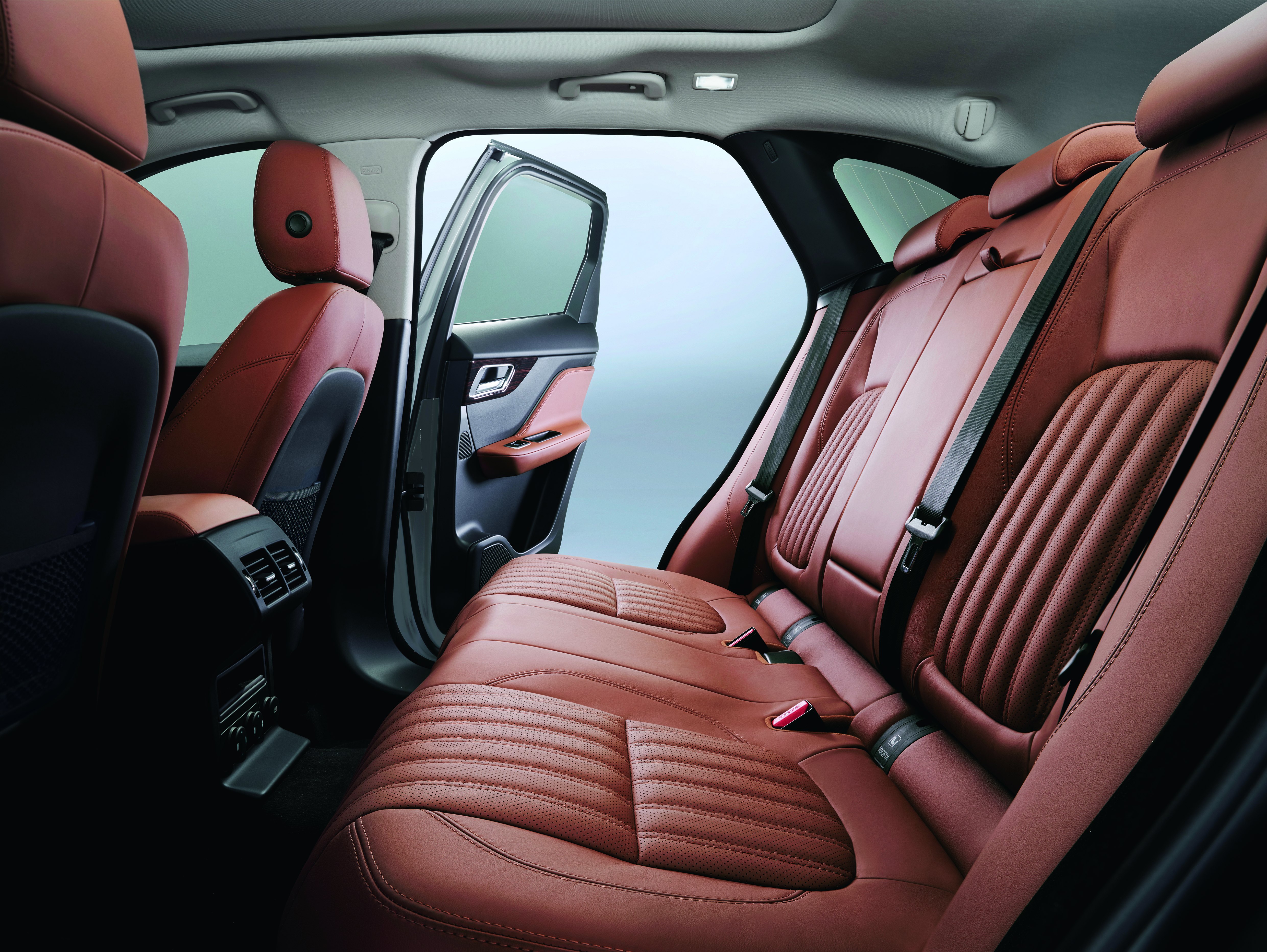
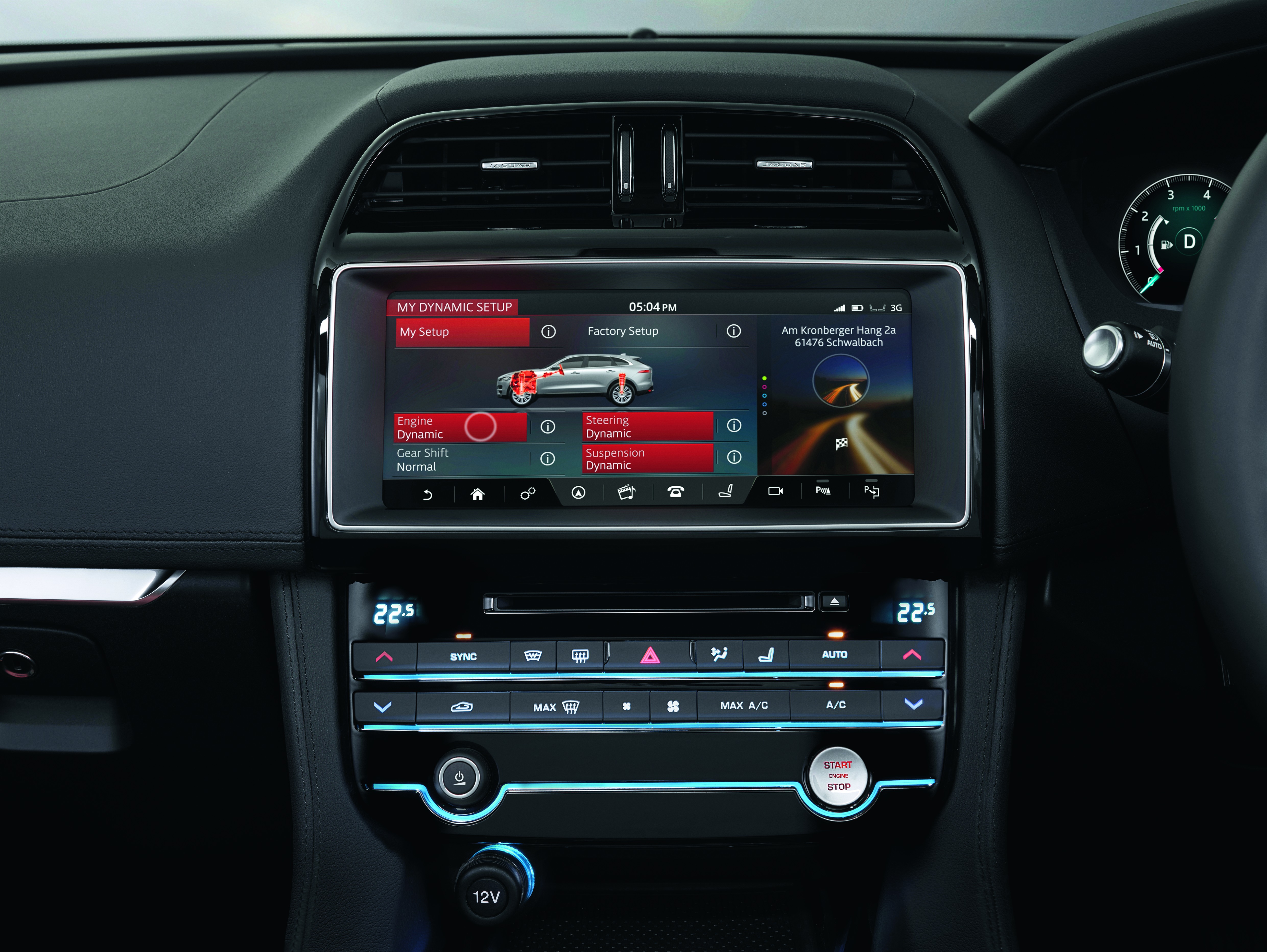
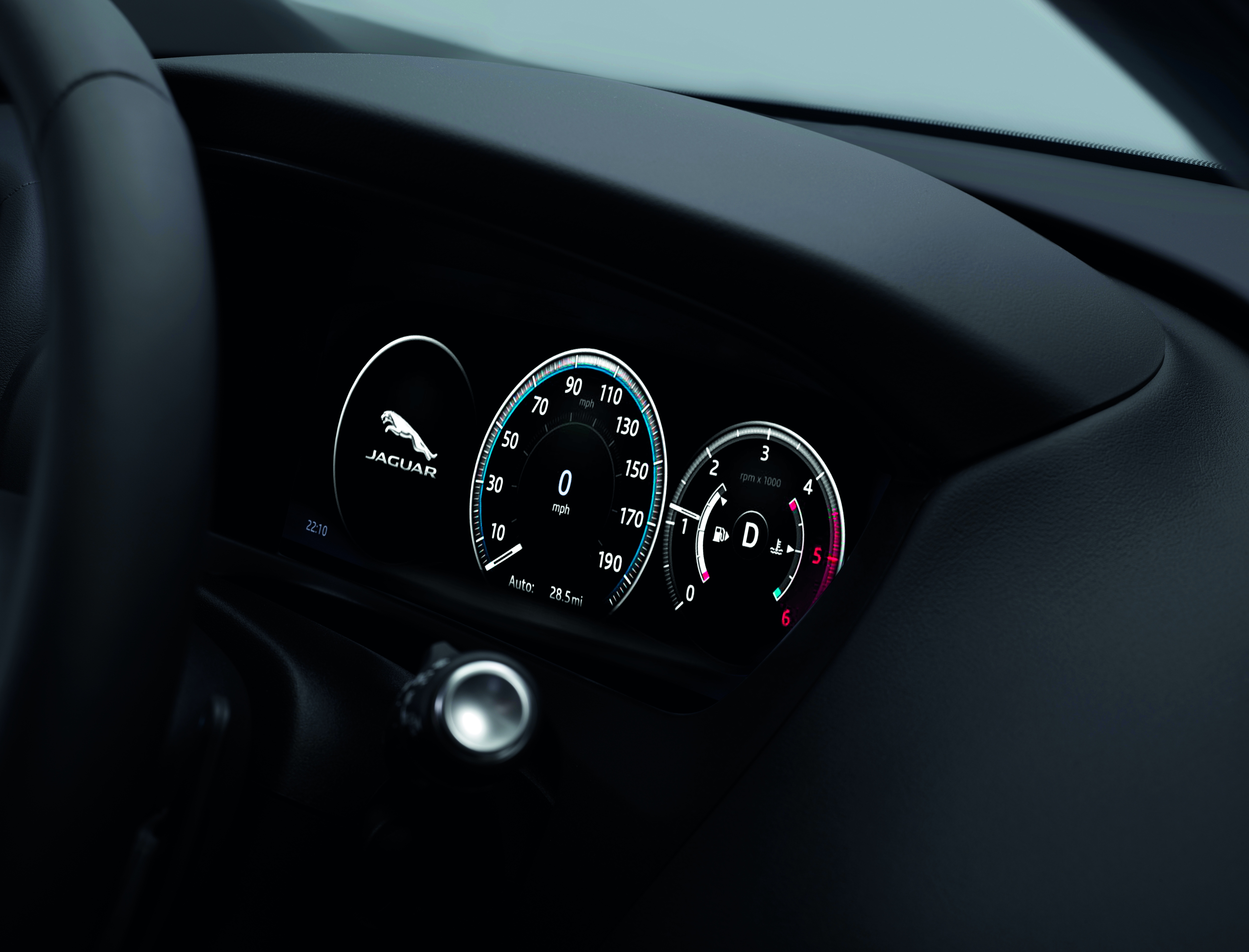

Most mainstream carmakers now offer an SUV or crossover model. It's an extremely lucrative marketplace and this year has seen a number of big motor industry players from both ends of the market ramp up their involvement.
Jaguar joined in this year, releasing its first ever SUV, the F-Pace. It's is a premium-edged mid-sized model serving as an in-house rival for the Range Rover Evoque as well as offerings from other premium manufacturers, such as the Audi Q5 and Porsche Macan.
Since arriving on sale, the F-Pace has been quite a hit. Auto Express says it's one of this year's must-have cars, mixing "huge desirability with great value", and has named it car of the year for 2016.
The Week
Escape your echo chamber. Get the facts behind the news, plus analysis from multiple perspectives.

Sign up for The Week's Free Newsletters
From our morning news briefing to a weekly Good News Newsletter, get the best of The Week delivered directly to your inbox.
From our morning news briefing to a weekly Good News Newsletter, get the best of The Week delivered directly to your inbox.
It's also a sporty SUV. Jaguar has gone to great efforts to make sure the F-Pace doesn't compromise on the brand's performance-orientated image.
Standard versions are rear-wheel drive, with all-wheel drive versions for off-roading available further up the range.
It's the same story with then engines on offer. There are only three of them, but two powerful options - one of the lifted straight from the firm's F-Type sports car - sit above the entry-level 2.0-litre diesel.
Here are all the details on Jaguar's SUV, as well as what the experts think.
A free daily email with the biggest news stories of the day – and the best features from TheWeek.com
Design
Design may be subjective, but CarBuyer says "there's no denying that the F-Pace is one of the prettier SUVs on the market".
There's also no mistaking it for anything but a Jaguar. The front end uses the same large grille and slim headlights found on the marque's saloon cars while around the back, the taillights are heavily influenced by the F-Type sports car.
The F-Pace strongly resembles the Jaguar CX-15 concept from the 2015 Frankfurt Motor Show, with a sporty, sloping roofline and kinked window line at the rear making it appear squat and purposeful.
Higher trim-level cars get sporty body kits with aggressive, colour-coded bumpers and skirts while wheels up to 22ins can be specced too. And as much of the car is made out of aluminium, it tips the scales at 3,670lbs.
Interior

The Daily Telegraph gives the interior a solid mark thanks to its large amounts of space and the F-Pace's inherent premium outlook.
Despite the sporty looks, the car is roomy inside compared to other 4x4s with hunched-down, sloping-roof looks and boasts a big boot and plenty of space for passengers in the back, says the paper. The roofline is flat on the inside so headroom is good, although speccing the optional full-length glass panoramic roof can reduce it.
The Telegraph does point out that the F-Pace is strictly a five-seater, though, and says it can't match the likes of the Land Rover Discovery Sport and its seven seats for carrying capacity.
While the interior is spacious, just how comfortable it is will depend on how you spec other elements of the car, it adds. Larger alloy wheels will ride firmer, although sticking with smaller ones and adding the optional adaptive suspension can make the F-Pace "a very comfortable thing".
In terms of what the interior looks like, "it's tactile and attractive", says the newspaper. The dashboard resembles the XE and XJ, although it's still special and matches the car's outside looks. A large 8ins touchscreen comes as standard, fitted with sat nav, plus USB, Bluetooth connectivity and onboard wi-fi.
Optional features
Jaguar offers the F-Pace with a number of optional packs to top up lower-range cars.
The Practicality Pack at £1,125 adds rear seat remote-release levers, making them much easier to fold, alongside the likes of a gesture-operated tailgate and boot, keyless entry, an air quality sensor and a lockable cooled glovebox.
For £1,380, you can get the Advanced Parking Assist, a rear-view camera that automatically steers the car during both parallel and bay parking. For a bit more, the reversing camera can be replaced by a panoramic exterior vision on the touchscreen.
The Cold Climate pack gives you heated windscreen, seats and steering wheel for £745, while Rear Seat Comfort adds electric motors to the back row for electric reclining, as well as four-zone climate control for £1,405. A head-up display pack can be added for £1,245.
Auto Express recommends those with a bit more to spend upgrade from the standard eight-inch onboard infotainment screen and opt for the InControl Touch Pro package, which costs £1,710 on the entry-level car.
This package is screen-heavy, with a 10.2ins central display on which are touch-sensitive icons to replace many of the manual buttons scattered around the console. The manual instrument binnacles also disappear and in their place is a 12.3ins display behind the steering wheel, with virtual dials and a full 3D map view.
Most of these items can be specced individually so you can pick and mix to an extent. They're offered alongside a range of exterior tweaks and alloy wheels.
Practicality
Passenger space in both the front and rear is certainly adequate, says What Car?. "There's plenty of head room to accommodate those well over six feet tall", it says, and it has decent door bins and sizable storage cubbies in the centre console and beneath the front armrest.
With a boot space of 650 litres, space in the back is bigger than key rivals the Porsche Macan and Mercedes-Benz GLC. The rear seats split 40:20:40 and increase the carrying capacity to 1,740 litres when all folded flat. There are some nice little touches too, such as the reversible boot floor – one side is carpet, the other a waterproof, durable rubber.
Keyless entry and an automatic boot lid can be equipped for £1,100 with the practicality pack.
Diesel engines
Jaguar offers two diesel choices for the F-Pace – a 2.0-litre Ingenium unit and a 3.0-litre V6.
The 2.0-litre is the 178bhp engine found in some of the F-Pace's rivals from Jaguar's sister company, Land Rover. It's the cheapest and most frugal choice and the manufacturer claims you'll get 57mpg on a combined run, with CO2 emissions pegged at 129g/km, meaning the entry level engine costs £110 a year to tax. There's enough pace here as 0-62mph is dealt with in 8.9secs and top speed is 130mph.
In tune with the dynamic image Jaguar is trying to convey with its SUV, the larger 3.0-litre diesel produces much more power. The 296bhp sees it doing 0-62mph in 6.2secs and a top speed of 150mph. It's thirstier, at 47mpg, and dirtier – the 159g/km CO2 equates to a tax bill of £185 a year. It's only available on cars with high trim levels, though.
Petrol engines
The sole petrol-powered option is the fastest and most expensive F-Pace. It's a supercharged 3.0-litre V6 lifted from the F-Type sports car, producing 375bhp. It deals with 0-62mph in 5.5secs and goes on to 155mph. It's thirsty - Jaguar only rates it at 31mpg - and the 209g/km CO2 figure means you'll face a big tax bill.
For now, the supercharged V6 remains the only petrol option, but whispers of the F-Pace getting SVR treatment and sporting a V8 in the near future are never far away.
Four-wheel drive
The smallest engine option – the 2.0-litre diesel – is mated to a rear-wheel drive system and a manual gearbox as standard, although either or both an all-wheel drive and an eight-speed automatic gearbox can be equipped at a premium. Adding 4WD will hit your economy figures, leading to a slightly higher tax bill of £130.
As for the larger 3.0-litre petrol and diesel options, their higher prices include all-wheel drive and automatic gearboxes as standard.
Reviews
Although the F-Pace is a departure from Jaguar’s conventional line-up of sports cars and saloons, the new SUV incorporates many styling features from the firm’s F-Type Coupe and four-door XE.
That holds true of the SUV's interior, says Autocar, with the same “sweeping” dashboard and “free-forming” shapes that appear in other cars in the range.
The F-Pace is also packed with useful features, the magazine says, including “big door bins, a sizeable centre cubby, good-sized twin cupholders, and upright storage cubbies in the sides of the centre console that are designed especially to take your smartphone”.
Jaguar has also fitted a 10.2ins touchscreen infotainment, which comes with “razor-sharp graphics” and “operates as intuitively as an iPad”, says Top Gear.
On the road, reports Ars Technica, the car’s engine response is “near instantaneous” and “there isn't too much body roll” despite its “lofty ride height”.
However, at speeds under 20mph, the website says, the ride quality can feel “punishing”, no matter which driving mode you’re in.
According to Top Gear, the entry-level 178bhp model is ideal for “company car buyers and anyone with a fondness for their bank account”, while the 3.0-litre diesel model offers “more oomph” yet still boasts a fuel economy of 41.7mpg.
“We’d avoid the 3.0-litre supercharged V6”, the site says. “It’s smooth enough but has a serious drinking problem.”
Prices
Prices have risen since the car first went on sale and now start from £35,020 for an entry level Prestige trim. For that, you'll be getting the 2.0-litre diesel with rear-wheel drive and a manual gearbox. Adding the all-wheel drive takes the starting price up to £36,960, while for the eight-speed automatic, it's up to £38,710.
The 2.0-litre engine comes with two other trim levels. The R-Sport, starting from £37,520, focuses on sportier design elements such as 19ins alloy wheels and R-Sport bumpers front and rear. Portfolio comes with an emphasis on tech and interior veneers. It's a bit more toned down than R-Sport but with a greater depth of quality. All of these trim levels are available in the three basic configurations: rear-wheel drive with manual; all-wheel drive with manual, and all-wheel drive with the eight-speed automatic.
As for the two 3.0-litres, they're a bit simpler: they both start at £52,300 in F-Pace 'S' trim. You'll get everything from the R-Sport cars but with different bumpers as well as new tech and standard extras, such as power-folding exterior mirrors and 20ins alloy wheels.
Rivals
The sporty SUV market is a competitive sector and the F-Pace goes up against a number of key premium rivals, from sister company Land Rover to Audi and Porsche.
Two of the Jaguar's biggest rivals are cheaper. The Range Rover Evoque comes in at £30,600, while the Audi Q5 starts from £32,580.
Comparing the Evoque to the F-Pace is interesting considering the potential for Jaguar Land Rover to cannibalise its own sales with the two cars. However, the company has set out a clear precedent: the F-Pace is the more road-focussed offering and Land Rover's cars will keep their all-terrain capability at heart.
Put the Jaguar offering up against the Q5 and it lags behind if extra seating is what you're after. The F-Pace is strictly a five-seater while Audi's car can come as a five-plus-two thanks to an extra pew in the boot.
However, the Q5 on sale now is a facelifted version of the original from 2009. A replacement model sitting on a new platform and with new engine and drivetrain options is due by the end of the year.
As for Porsche's Macan, it starts at £44,553 for the most basic version, a £10,000 premium over the entry level 2.0-litre Jaguar. It is much faster, though, with its turbocharged four-cylinder producing 249bhp.
Comparing the Macan S with its 3.0-litre diesel to the F-Pace S puts the two cars closer on par and the Porsche undercuts its British rival by around £5,000. Auto Express notes the price is likely to be the only sticking point 3.0-litre customers will encounter, but it's "still a convincing proposition for someone wanting a sporty SUV".
-
 Why it’s important to shop around for a mortgage and what to look for
Why it’s important to shop around for a mortgage and what to look forThe Explainer You can save big by comparing different mortgage offers
-
 4 ways to save on rising health care costs
4 ways to save on rising health care costsThe Explainer Health care expenses are part of an overall increase in the cost of living for Americans
-
 How to financially prepare for divorce
How to financially prepare for divorceThe Explainer Facing ‘irreconcilable differences’ does not have to be financially devastating
-
 Jaguar F-Type review: what the car critics say
Jaguar F-Type review: what the car critics sayThe Week Recommends The F-Type remains a ‘refreshingly old school’, ‘wildly good-looking car’
-
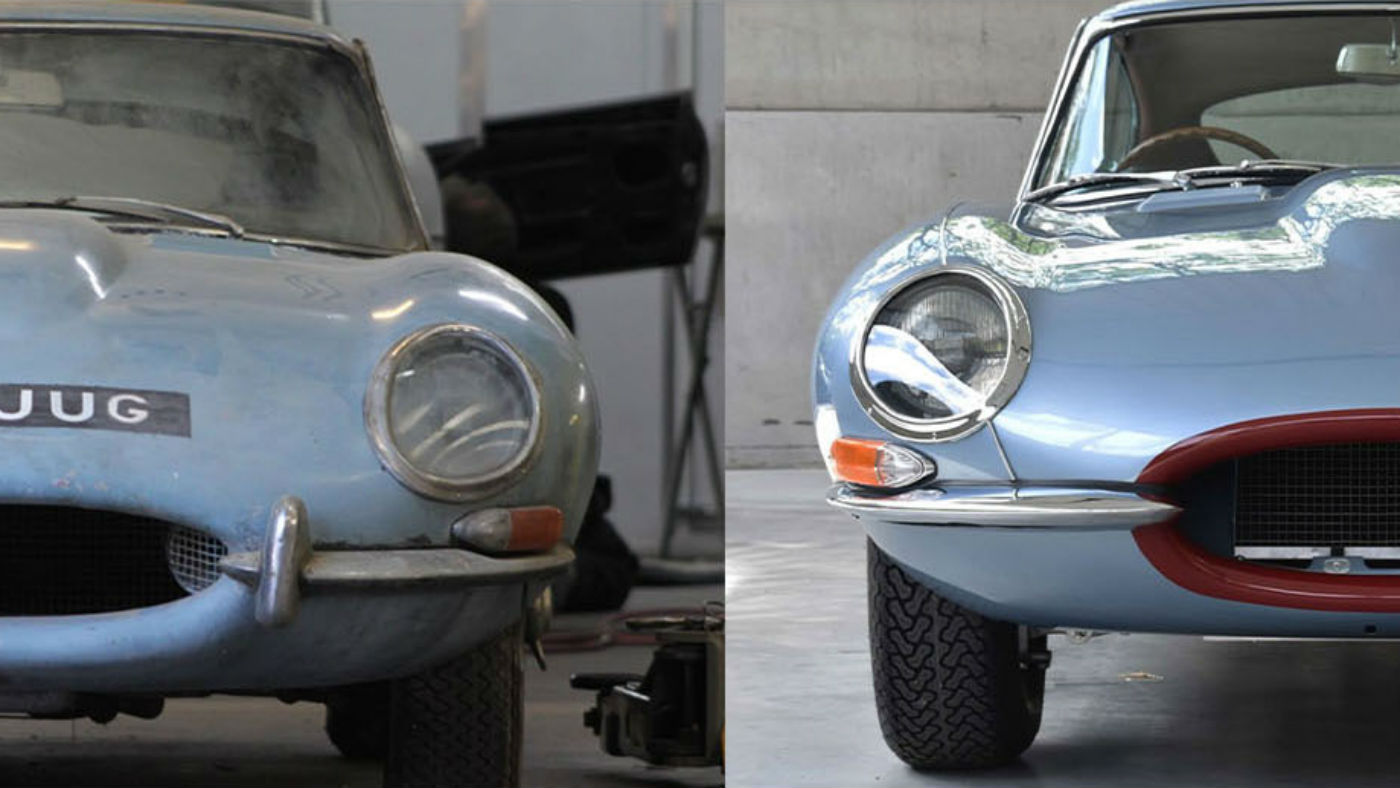 Pictures: 1964 Jaguar E-Type restored to perfect condition after 40 years sat in garage
Pictures: 1964 Jaguar E-Type restored to perfect condition after 40 years sat in garageSpeed Read The classic has been transformed with a number of modern upgrades
-
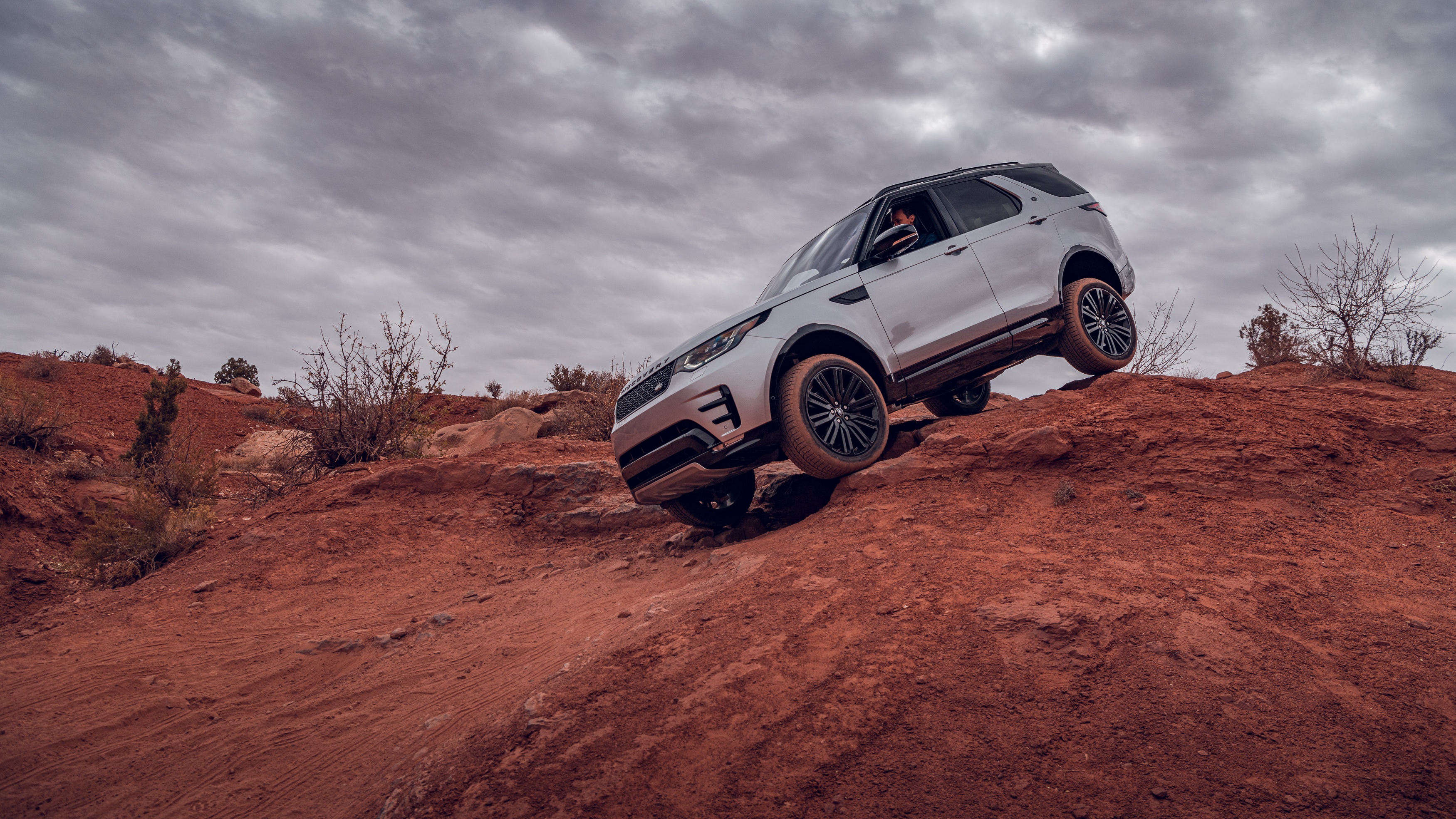 Land Rover Adventure Moab: navigating Hell’s Revenge
Land Rover Adventure Moab: navigating Hell’s RevengeThe Week Recommends Fergus Scholes gets behind the wheel on Land Rover’s Adventure Travel Moab experience for an exhilarating off-road driving holiday
-
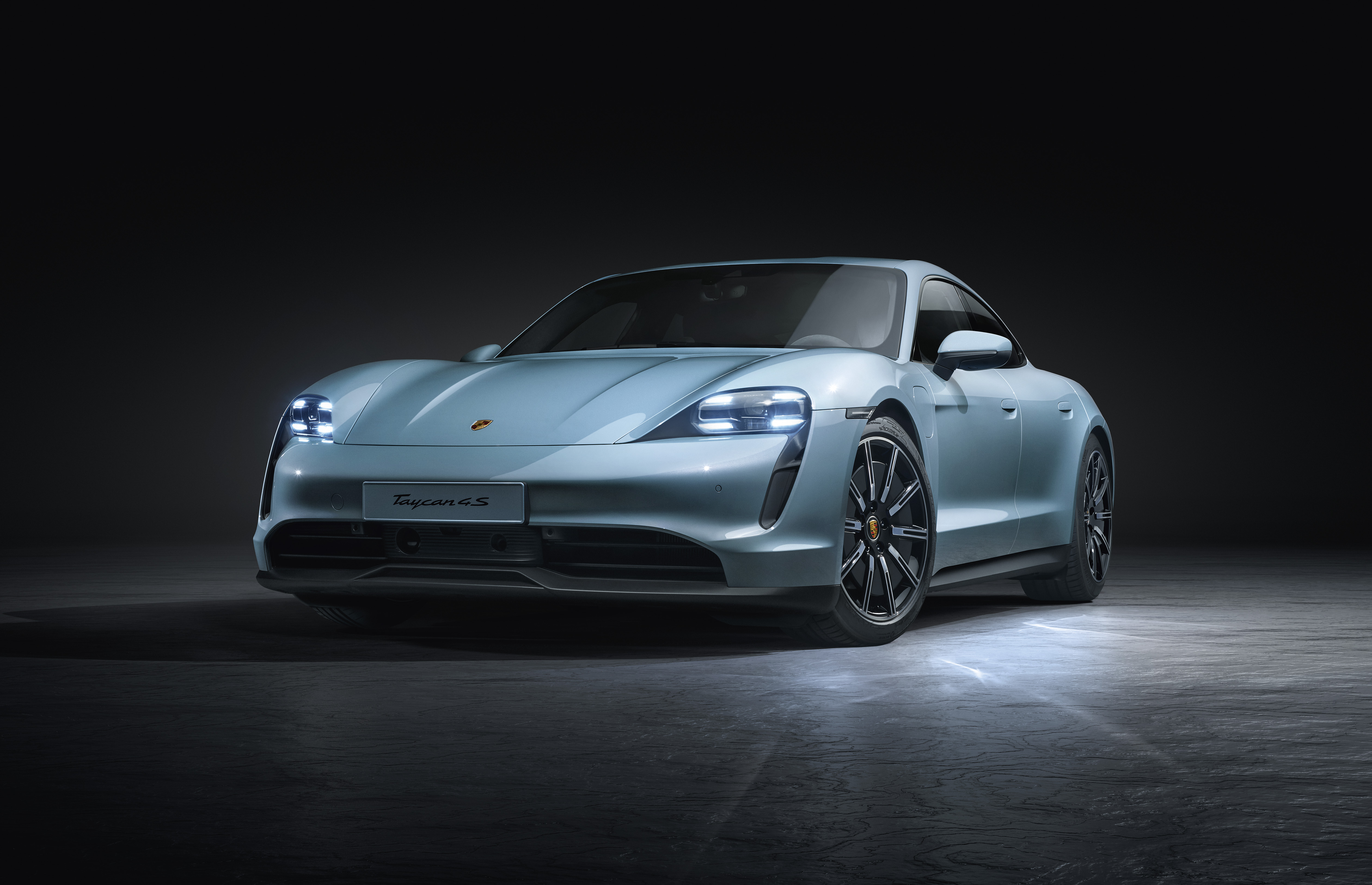 The ten best new cars of 2019: Honda e, Porsche Taycan and more
The ten best new cars of 2019: Honda e, Porsche Taycan and moreThe Week Recommends Carmakers launch spate of electric cars and SUVs, while a Japanese icon is back
-
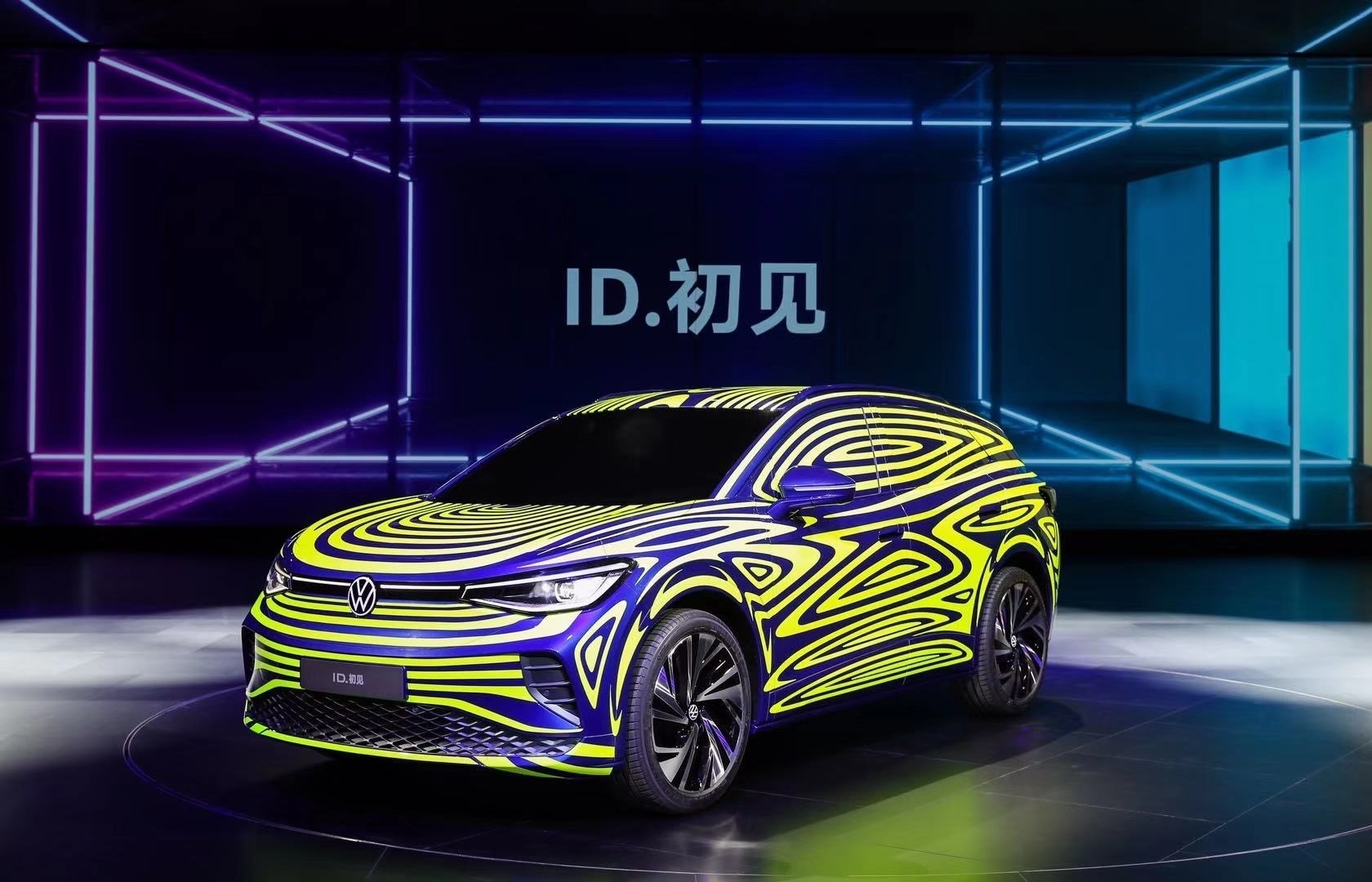 Volkswagen ID.4 2021: first image, plus battery range, release and price
Volkswagen ID.4 2021: first image, plus battery range, release and priceThe Week Recommends German car giant’s second mass-production EV set to take on Tesla Model Y
-
 LA Auto Show 2019 review: VW ID Space Vizzion, Ford Mustang Mach-E and more
LA Auto Show 2019 review: VW ID Space Vizzion, Ford Mustang Mach-E and moreThe Week Recommends Carmakers have started unveiling their latest offerings. Here are all the big announcements so far
-
 Land Rover Defender SVR 2021: design rumours, plus engine specs and release
Land Rover Defender SVR 2021: design rumours, plus engine specs and releaseIn Depth British marque is already working on a hot version of its reborn off-roader
-
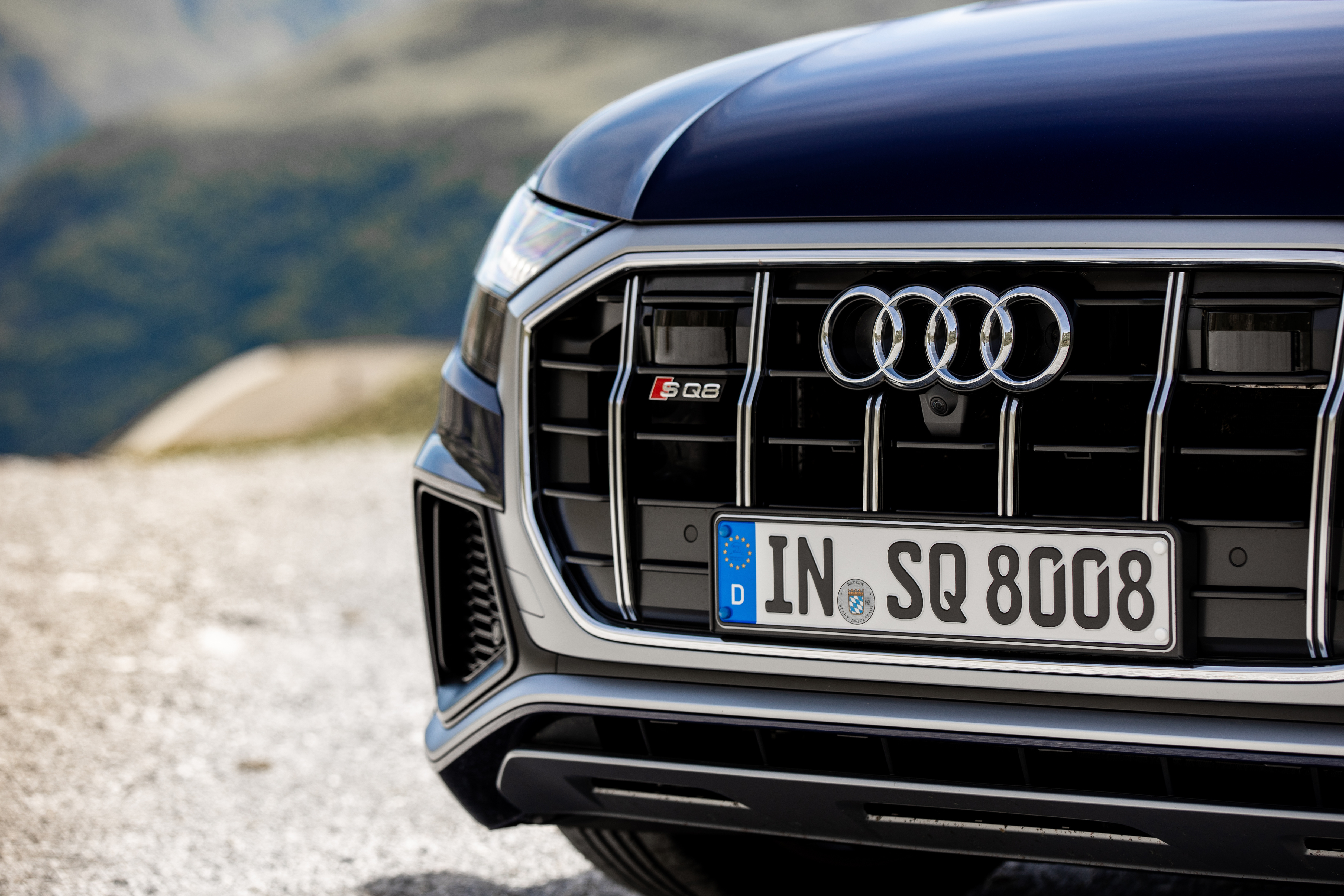 Audi SQ7 vs. SQ8 twin test: what sets the flagship SUVs apart?
Audi SQ7 vs. SQ8 twin test: what sets the flagship SUVs apart?The Week Recommends The Week Portfolio reviews the German carmaker’s latest sporty crossovers